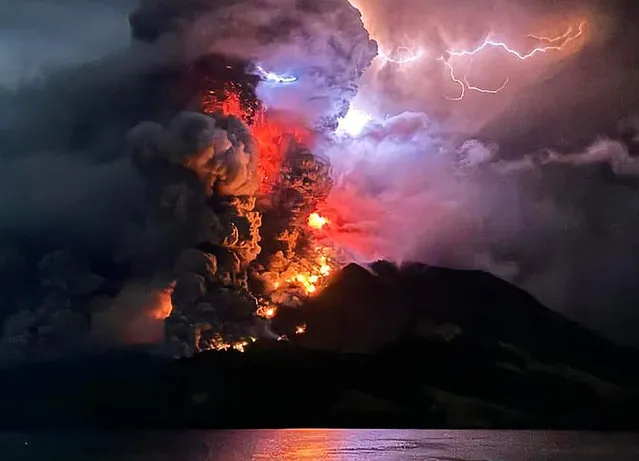
Gina Di Meo, journalist from ANSA sits during a media preview of Summit at One Vanderbilt in New York, October 1, 2021. The Summit viewing deck is spread across the top four floors on One Vanderbilt in Manhattan, the fourth tallest building in the city. (Photo by Timothy A. Clary/AFP Photo)
20 Nov 2021 07:44:00,post received
0 comments







